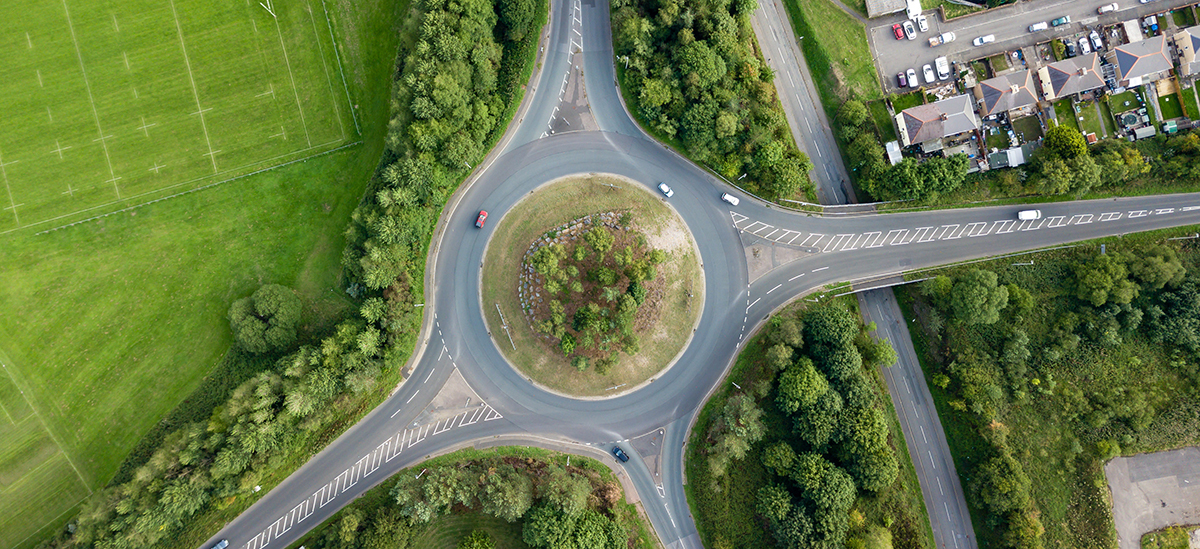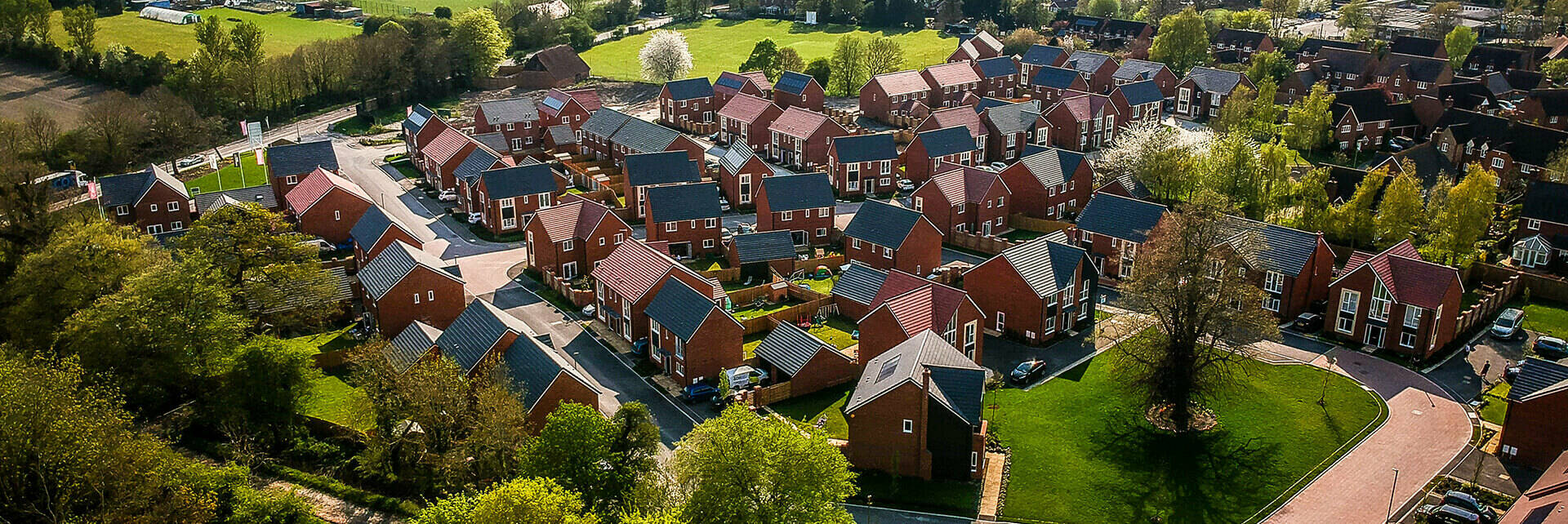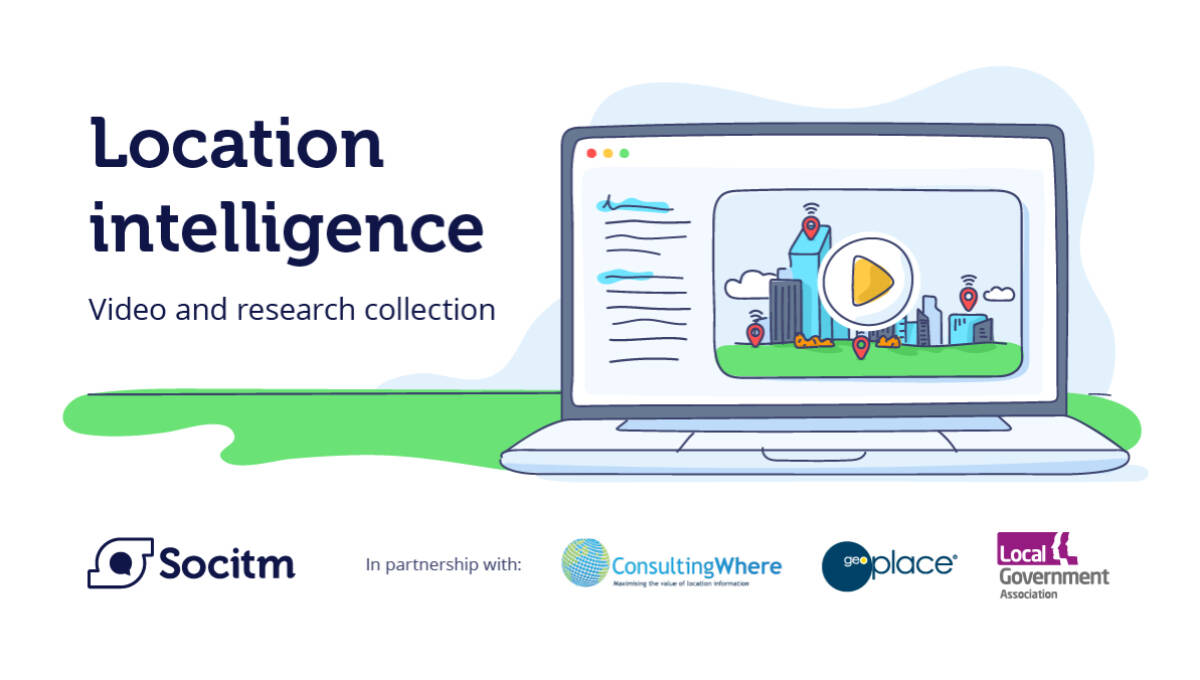Are you interested in utilising location information for your public sector project, but aren’t quite sure where to start? This blog post sets out existing guidance from central and local government as well as some of the regulators.

GeoPlace and Ordnance Survey (OS) have been providing support and guidance to organisations who need to utilise address and street data into processes and systems for many years. The advent of the Geospatial Commission in 2018 has accelerated awareness and interest in the potential of this information. The Geospatial Commission’s role as an expert committee is to set the UK’s geospatial strategy and promote the best use of location data.
Mandate to use UPRNs and USRNs
In 2020, the Geospatial Commission, working with GeoPlace, OS, the Local Government Association and Improvement Service Scotland released on open terms, Unique Property Reference Number (UPRNs) and Unique Street Reference Numbers (USRNs). This announcement enabled the Open Standards Board to mandate the use of UPRNs and USRNS as the public sector standard for referencing and sharing property and street information.
If your data includes property and street information, then the Open Standards Board now mandates that you use UPRN and USRN standards. Systems, services and applications that store or publish data sets containing property and street information must use UPRN and USRN identifiers.
- UPRNs are the unique identifiers for every addressable location in Great Britain
- USRNs are the unique identifiers for every street in Great Britain
GDS spoke about why it mandated the use of UPRNs and USRNs; “UPRNs and USRNs link data that exists in different datasets. We have seen that the inclusion of these reference points – in technology or digital or data projects of all sizes and scopes – delivers value that is in excess of any investment needed. That is why we have now mandated their use.”
You can find out more about the announcements here and in our guide Central Government mandates the use of the UPRN and USRN to reference addresses and streets.
Originating from local government, the Local Government Association is key to encourage their use through local authorities, stating that “They are key to almost everything that’s delivered or achieved by councils.” Find out more about the LGA on its dedicated page on the LGA website, and check out the benefits authorities have been receiving for the past two decades via our case studies.
These changes and announcements opened the way for a raft of government guidance on using the location identifiers which this blog post will now explore.

Standards
Geospatial standards are accepted ways of sharing and accessing geographic information, helping to ensure that data is FAIR: Finable, Accessible, Interoperable, and Reusable. The UK Geospatial Data Standards Register, published by the Geospatial Commission in May 2022 underpins this principle and includes UPRNs and USRNs on the premise that they are used for data linking to ensure unambiguous and persistent identification.
The Geospatial Commission's report 'How FAIR are the UK’s national geospatial data assets?' sets out the use of UPRNs for a common approach to referencing and interoperability, and in its thinking about building correlations between geospatial datasets.
Helping you to work through the Cabinet Office spend control process
Just about every government department uses property and street information. That information has been given unique identifiers that remain the same over time and are easy to exchange between systems. Adopting those identifiers as standard across your data allows you to:
- accurately identify property and street location information
- link information in different datasets
- share consistent data and reduce errors when exchanging information
- link to definitive address and street information in Ordnance Survey products.
The public sector is handling intense economic pressures. Many departments are already working through the Cabinet Office’s spend control process to enable better cross-government collaboration and reduce costs. Part of this proves involves revisiting current systems and programmes to ensure all data management practices are now following the Technology Code of Practice (TCoP).
Within the Code, there is an expectation that location data should now be enhanced with UPRN and USRN identifiers. Those UPRNs and USRNs, along with their associated grid references, are available as open data under Open Government License (OGL) from the Ordnance Survey Data Hub.
Finally, to meet point 10 of the Technology Code of Practice, forward planning must now show that you have explored which data – if any – is already available in government, in part or in full.
Adopting open standards
To meet Point 4 of the TCoP, you must show that open standards and open data are considered in forward planning. The adoption of open standards makes sharing and reusing data much easier. Open standards increases interoperability.
The Government’s Data Standards Authority and the Open Standards Board have approved many open standards for data for use by government. Where possible and appropriate, these standards should always be the first choice, because they make it easier to analyse data and share that data with other departments. The adoption of open standards guarantees:
- saving time and money by reusing things that are already available
- increasing compatibility with a wider range of stakeholders
- avoiding vendor lock-in
Planning for greater effectiveness
Whether or not you’re using open standards, you should also show how you’re planning to improve data management throughout your data’s lifecycle.
Central Digital & Data Office guidance recommends that all data, going forwards, is designed and created as a reusable resource by government organisations. In addition, evidence should show a consideration for storing and standardising data – improving interoperability.
In particular, the CDDO has particular guidance for those working in the public sector who need to use property and street information. The guidance states “use free property and street information to add geospatial data to your projects and comply with the UPRN standard.”
Additional guidance from the CDDO advises the government organisations to share reference data for use in projects and services throughout the wider public sector, using UPRNs as an example of best practice.

National Audit Office
The National Audit Office’s (NAO) report ‘Improving government data: A guide for senior leaders’, encourages decision‑makers to realise the benefits of better use of data by helping them understand in more detail the core issues to be addressed which have held back progress in the past.
The guide discusses overcoming barriers in data sharing, data quality, data standards, resourcing, access to raw data and APIs (application programming interfaces), creating cross-government data sets for multiple users, data analytics. It also looks at ways forward including: reviewing why initiatives have failed in the past, embedding data standards, improving data quality, addressing legacy issues, enabling data-sharing. The report is complementary to the guidance from other government bodies outlined in this blog.
Regulators
Ofgem’s Data Best Practice Guidance guidance ensures that data is treated as an asset and used effectively for the benefit of consumers and the Public Interest. It is a principles-based set of guidance which provides guidance on the quality, accuracy and accessibility of data, and its requirements are not specific to the energy sector.
By complying with this guidance, organisations will enable the full benefits of data to be unlocked for consumers. Needless to say, UPRNs are recommended for identifying the spatial element of data.
Data linking
Data linkage provides insight, informs policy change and helps answer society’s most important questions through increasing the utility of data. Find out more from the Office for National Statistics on why linked data is vital for enhancing our understanding of society, driving policy change for greater public good and minimising respondent burden.
We’ve previously blogged about how identifiers such as UPRNs bring data together and we’ve put a list on our website of datasets linked via UPRNs and USRNs that are published as open data.
The reality is, all property and street Information is available within Ordnance Survey products under the Public Sector Geospatial Agreement. And by using this data – reusing data that has been created for the benefit of the public good – your programme will benefit by saving time and money.
Summary
In short, UPRNs and USRNs enable public (and private) sector data-users to collate, validate and share property and street information accurately by using a common reference number – one that can exist in any departmental database, without fear of duplication or error. We regularly work with government departments to help them get the most from these identifiers and wanted to provide advice on how teams to understand and better communicate the benefit of UPRNs and USRNs, to follow that guidance. Check out our evolving webpage on best practice for using address and street data in your organisation.
UPDATE: 23 March 2023
In March 2023, the LGA launched its new Local Government Digitalisation Almanac for councillors and officers, containing simple steps, practical examples and resources to support councils on their digitalisation journeys. The Almanac is framed around 12 strategic outcomes that were agreed in partnership with the Society of Local Authority Chief Executives and Senior Managers (Solace) and the Society for Innovation, Technology and Modernisation (Socitm). Theme 2 is ‘Data’ and the guidance states: “When recording location data, use Unique Property Reference Numbers (UPRNs)/ Unique Street Reference Numbers (USRNs). See the LGA’s Guidance on using UPRN/USRN including a UPRN Assessment tool to see how integrated your systems are.”
See the Almanac.




